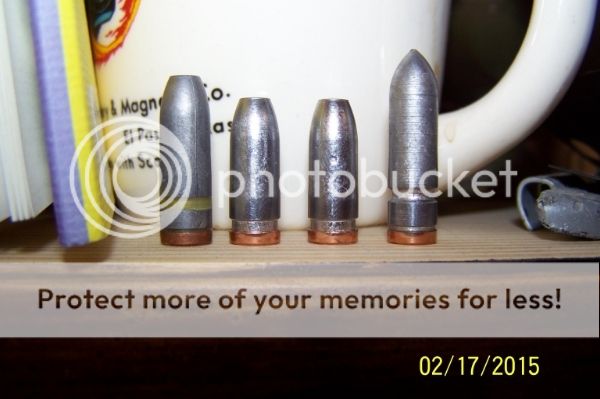Ian
Notorious member
Ben, thanks for the kind words, maybe one day I'll come up with some satisfactory sketches to illustrate some of the things I'm trying to explain, but the several times I've tried it's hard to capture the nuances of dynamic fit on paper it just hasn't work out. Please realize that I'm putting out the facts as I see them, and my preference isn't the only way nor is it the way everyone should follow because it isn't always the best approach to meet a certain need. I mostly shoot pretty speedy, gas-checked bullets running the ragged edge of flying off into space, and that can take a couple of different approaches to the norm to work well. I also shoot plain-base powder-puff loads sometimes, but even then I tend to do things a little differently than most


